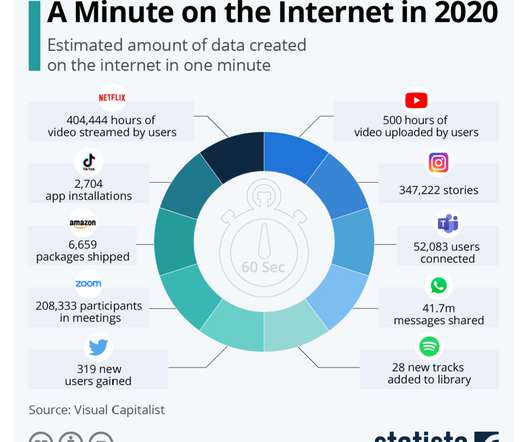How to Perform a Content Migration - Your Checklist for Success
AIIM
DECEMBER 19, 2019
Technical Specialists: A migration could require technical support for the movement of data and questions about implementation and data structures. Two key considerations here: No permanent/irreversible actions should be taken without consulting with records management, legal, etc.














Let's personalize your content